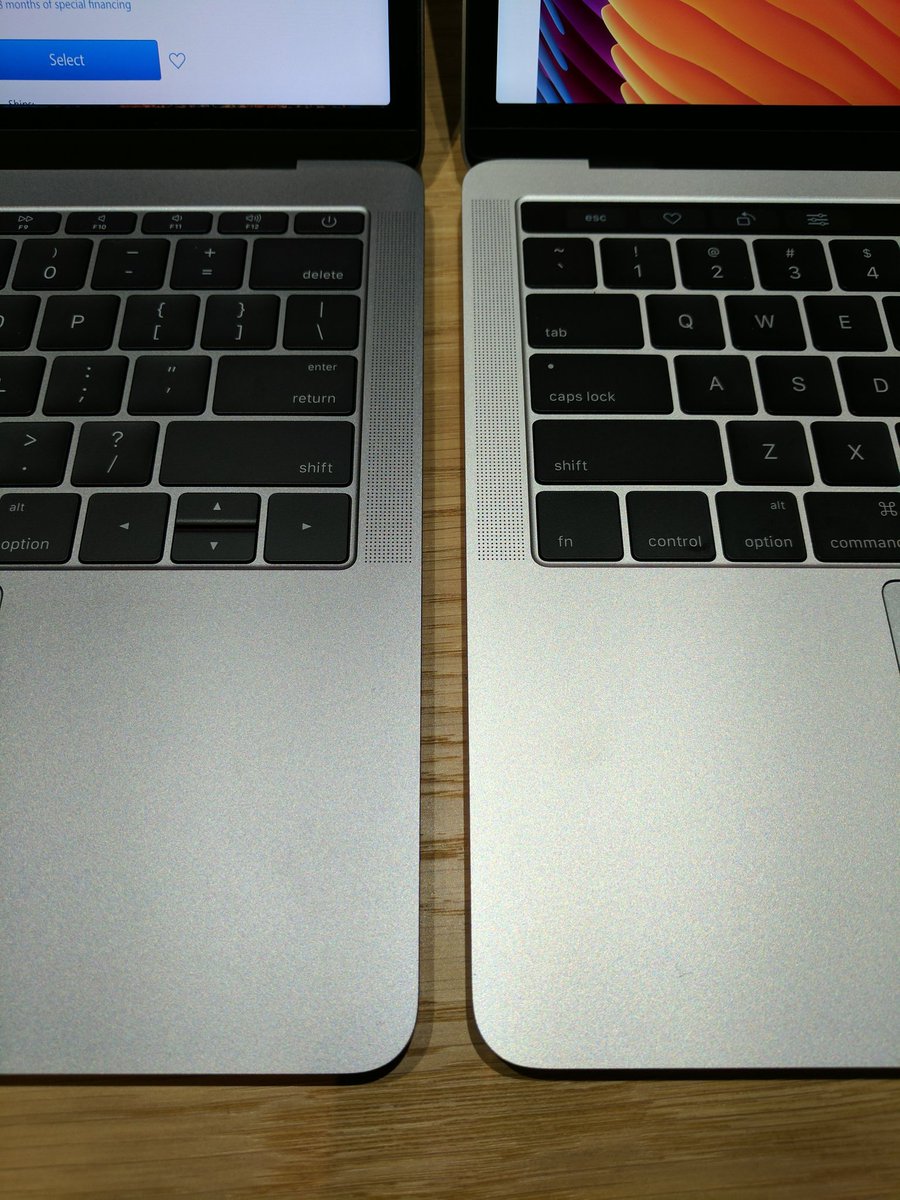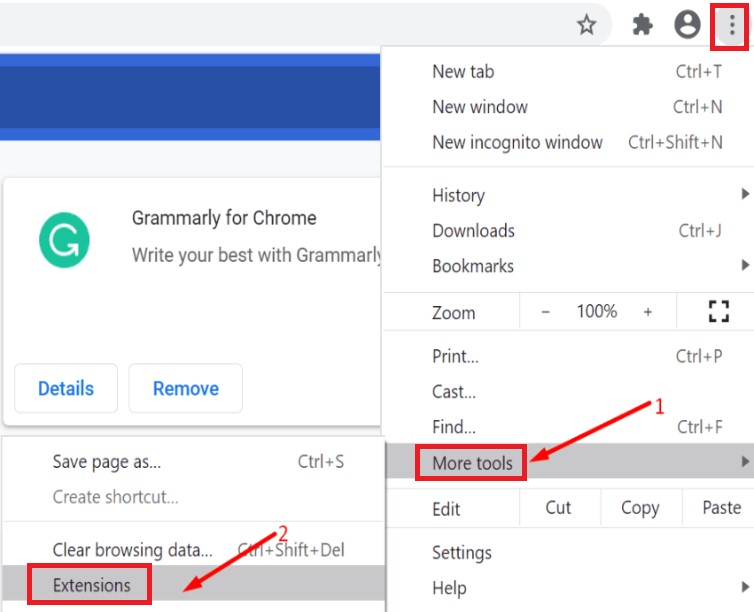

Here is a selection:įor more information visit The XLab FAQs and read the FAQ on removing software. Let’s have a look at these dedicated tools to remove apps from mac. Close all running apps (Citrix Workspace) and click Continue to confirm. Provide your system credentials when prompted. Alternatively, you can right-click the Citrix Workspace app and select Options > Move to Bin. There are many utilities that can uninstall applications. Drag the Citrix Workspace app from the Application folder to the bin. Be sure you also delete this item as some programs use it to determine if it's already installed. The item generally has a ".pkg" extension. Usually with the same name as the program or the developer.
#Ez7z mac uninstall install#
Some applications install a receipt in the /Library/Receipts/ folder.

You can modify Spotlight's behavior or use a third-party search utility, EasyFind, instead.

Unfortunately Spotlight will not look in certain folders by default. If an application installs any other files the best way to track them down is to do a Finder search using the application name or the developer name as the search term. Look for them in /Library/LaunchAgents/ and /Library/LaunchDaemons/ or in /Home/Library/LaunchAgents/. If you are already tried to run Zipeg on Lion please share your experience here. May need few tune ups and fixes - remains to be seen.
#Ez7z mac uninstall mac os x#
Some software use startup daemons or agents that are a new feature of the OS. I am downloading release version of Mac OS X Lion to try Zipeg on it. Locate the item in the list for the application you want to remove and click on the "-" button to delete it from the list. Open System Preferences, click on the Accounts icon, then click on the LogIn Items tab. Log In Items are set in the Accounts preferences. Startupitems are usually installed in the /Library/StartupItems/ folder and less often in the /Home/Library/StartupItems/ folder. Some applications may install a startupitem or a Log In item. Again, they don't do anything but take up disk space once the application is trashed. You can also delete the folder that's in the Applications Support folder. You can also check there to see if the application has created a folder. Some applications may install components in the /Home/Library/Applications Support/ folder. In some cases the uninstaller may be part of the application's installer, and is invoked by clicking on a Customize button that will appear during the install process. Some applications may install an uninstaller program that can be used to remove the application. If you want you can look for them in the above location and delete them, too. Although they do nothing once you delete the associated application, they do take up some disk space. Applications may create preference files that are stored in the /Home/Library/Preferences/ folder. You can also create, repair and verify PAR2 files.
#Ez7z mac uninstall archive#
You can preview archive contents and delete files without having to open the archive, and for processing of multiple files. It allows decompression of files such as zip, rar, tar, gz, 7z, bzip2, while you compress into zip, tar, bzip2, 7z, gz and bzip2. Most OS X applications are completely self-contained "packages" that can be uninstalled by simply dragging the application to the Trash. Ez7z is a user interface for p7zip, an archiver used as a compression tool for Mac.


 0 kommentar(er)
0 kommentar(er)
